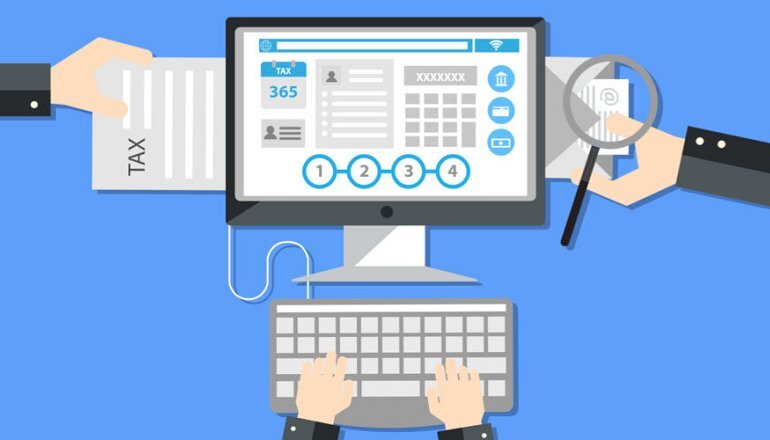
24 Jan
Electronic invoicing and ecommerce
In this article, our software engineers will explain the importance of online invoicing in ecommerce and how to integrate it into your digital store.
If you are an online merchant, you certainly know that invoicing is a fundamental part of your business and that there are several options available. In this article we will explain in detail what online invoicing is and how it works, so that you can choose the one that is right for you.
The difference between manual and electronic invoicing
The first thing to understand is that there are two types of invoicing: manual and electronic. Manual invo icing consists of issuing and storing invoices on paper, while electronic invo icing involves using management software to issue, send and store invoices in digital format.
When electronic invoicing is mandatory
Electronic invoicing is mandatory for all businesses that issue invoices to the public administration as of 1 January 2019. In addition, as of 1 July 2019, invoices between private individuals must also be issued electronically if the consideration exceeds the minimum legal threshold.
How to manage invoices and orders in an ecommerce shop
To effectively manage invoices and orders in an ecommerce store, it is important to use management software that can integrate both activities. In this way, it will be possible to automatically link the issuing of the invoice to the order, avoiding errors and duplications.
How to integrate invoicing software into ecommerce
To integrate an invoicing software into an ecommerce, it is important to choose a solution that is compatible with your ecommerce system. In addition, it is important to check that the chosen software is able to meet all the company's needs, such as managing electronic invoicing to the public administration and automatically sending invoices to customers.
Furthermore, it is important to verify that the chosen software offers functionalities such as:
- order management
- warehouse management;
- report generation for greater process efficiency and transparency.
Ecommerce created with Cuborio integrates with any invoicing or warehouse management software.
Difference between direct and indirect invoicing
Direct and indirect invoicing refer to the two main ways of issuing invoices in ecommerce.
Direct Invoicing
Direct invoicing refers to the sale of intangible or virtual goods, where the entire business transaction, including delivery, takes place electronically. These 'goods' include, for example:
- provision of website hosting;
- sale of software,
- supply of images;
- text and data;
- distance learning.
In this case, the transactions are considered as services and subject to electronic invoicing.
Indirect Invoicing
Indirect invoicing refers to the sale of physical goods, where the purchase takes place online but delivery is made in a traditional manner. In this case, the transactions are treated as supplies of goods and there is no obligation to issue an invoice, unless the customer requests it. Transactions are VAT-relevant in the customer's country with the obligation to issue a receipt or receipt.
How to compile the e-Invoice for e-commerce
An e-Invoice for e-commerce must contain all the information required by current tax legislation, including the data of the seller and the buyer, a description of the good or service sold, the price, VAT and any other taxes.
To compile an electronic invoice, it is necessary to use invoicing software specifically designed for this purpose. Usually, such software allows you to enter the data in a simple and guided way, and automatically generates the document in electronic format.
In general, the steps to compile an e-invoice for e-commerce are as follows:
- Enter seller and buyer details, including name, address, VAT number, etc.
- Enter transaction details, including description of the good or service sold, quantity, price, discounts, etc.
- Calculate and enter VAT and other applicable taxes.
- Verify that all data is correct and complete.
- Generate the document in electronic format and send it to the buyer and the tax authorities, if necessary
Why you should use ecommerce management software to issue invoices
Using management software for invoicing integrated with ecommerce has many advantages. Firstly, it automates the process of issuing, sending and storing invoices, making it faster and more efficient. In addition, it allows invoicing to be linked to other ecommerce activities such as order and stock management, making the process even simpler.
Note: in some countries/regions there may be specifics for e-invoicing for ecommerce, so it is important to check the tax regulations of your country/region in order to compile the invoice correctly.





